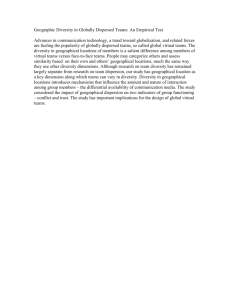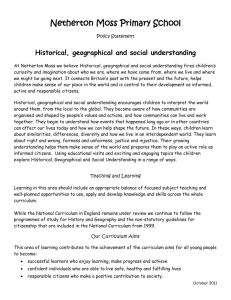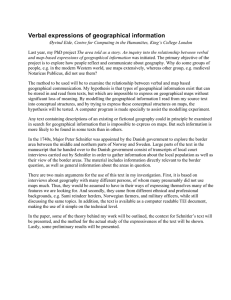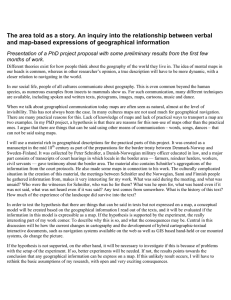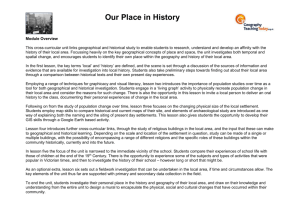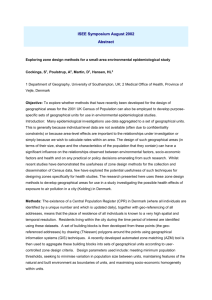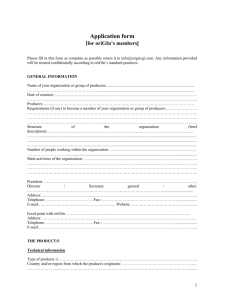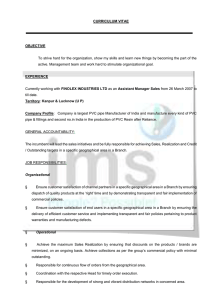Setting When and where a story takes place
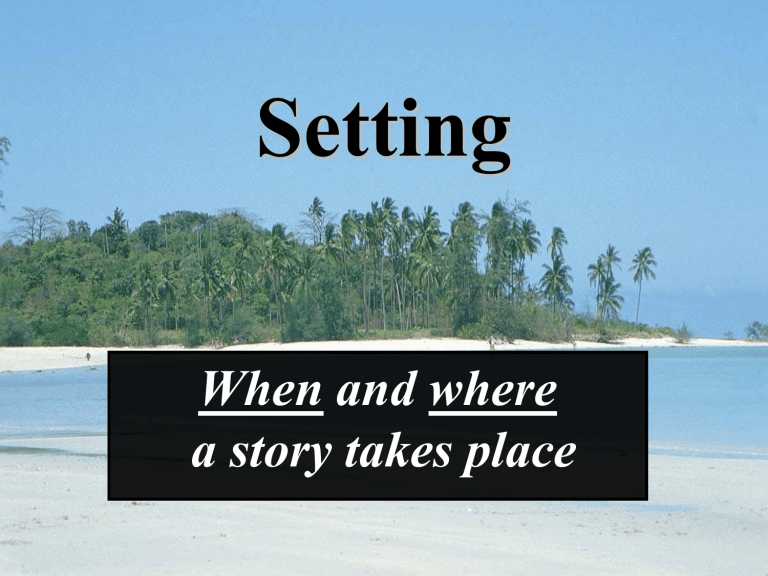
Setting
When and where a story takes place
As the place of fiction, setting is generally a physical locale that shapes a story's mood, its emotional aura or quality .
Real or imaginary, concrete or symbolic, a moment or an eternity, setting is the dramatic backdrop for a story .
Why is Setting Important?
Setting is important because...
Setting reveals prevailing atmosphere or mood
Time and place affect the outcome of the story.
Setting is important because...
• setting shows internal and external conflicts
• setting highlights potential contrasts between characters or ideas
Setting is important because...
• setting can determine the fate of the protagonist
• setting reflects character and often embodies theme.
Victor Frankenstein does all of his experiments in
“a solitary chamber, or rather a cell , at the top of the house, and separated from all the other apartments by a staircase…”
…we might conclude that there is something anti-social, isolated , and stale, maybe even unnatural, about his project and his way of learning.
Roles of Setting
How does Setting function in literature?
Roles of Setting:
• as a mirror to reflect what is going on inside the characters
• as a mold to shape the characters into who they are
Setting
may also act...
• as a challenge providing a test for the character to reveal his or her true self
• as an alien setting that creates a sense of exile and loss
Setting
may also act...
as an
escape
which allows more whimsical and fantastic parts of the character to be expressed
.
Another impact of setting:
An external force may enter the setting and change it, causing conflict for the characters.
Setting
may also act...
As an antagonist
, causing conflict with the main character
Two settings may also come into conflict with each other, causing conflict in the characters who must live in them and perhaps have to choose between them.
T
ypes of
S
ettin
g
• Physical Setting
• Geographical Setting
• Cultural Setting
• Historical Setting
Types of Setting
PHYSICAL SETTING
Physical Setting
Time of day
Season
Weather / Temperature
Indoors/Outdoors
Physical Setting:
Type of room/building
Objects
Colors
Imagery—5 senses
Types of Setting
GEOGRAPHICAL
SETTING
Geographical Setting
•
Location, including
• country
(Japan, Mexico, Scotland) region
(north/south, upper/lower end)
• state / city
• neighborhood
• street
• floor/level
(basement, attic etc...)
• urban / rural / suburban
Types of Setting
CULTURAL SETTING:
Cultural Setting: the values, ideals, and attitudes of a place
• Physical Cultural Setting
&
• Non-Physical Cultural Setting
Physical Cultural Setting:
• Dialogue
• Clothing
• Iconography
• Routines
• Decoration
All of these factors establish the physical cultural setting
Non-physical cultural setting:
• Education
• Social standing
• Economic class
• Religious belief
These factors establish the nonphysical cultural setting
Types of Setting
HISTORICAL SETTING
Historical Setting
Time period/Year Reign of a leader or President
Role of government Major historical events
These historical factors can establish a psychological or sociological understanding of behaviors and attitudes.
Historical Setting
More Historical factors:
• Transportation
• Crop yield
• Epidemics
• Wars
• Economy
• Natural disasters
Clock time:
This can be used to provide suspense or create certain moods or feelings —time is also an important literary symbol.
Seasonal time
The seasons or a span of time associated with a particular activity may be important as a symbol.
" Every story would be another story, and unrecognizable if it took up its characters and plot and happened somewhere else...”
--Eudora Welty
End of presentation.
